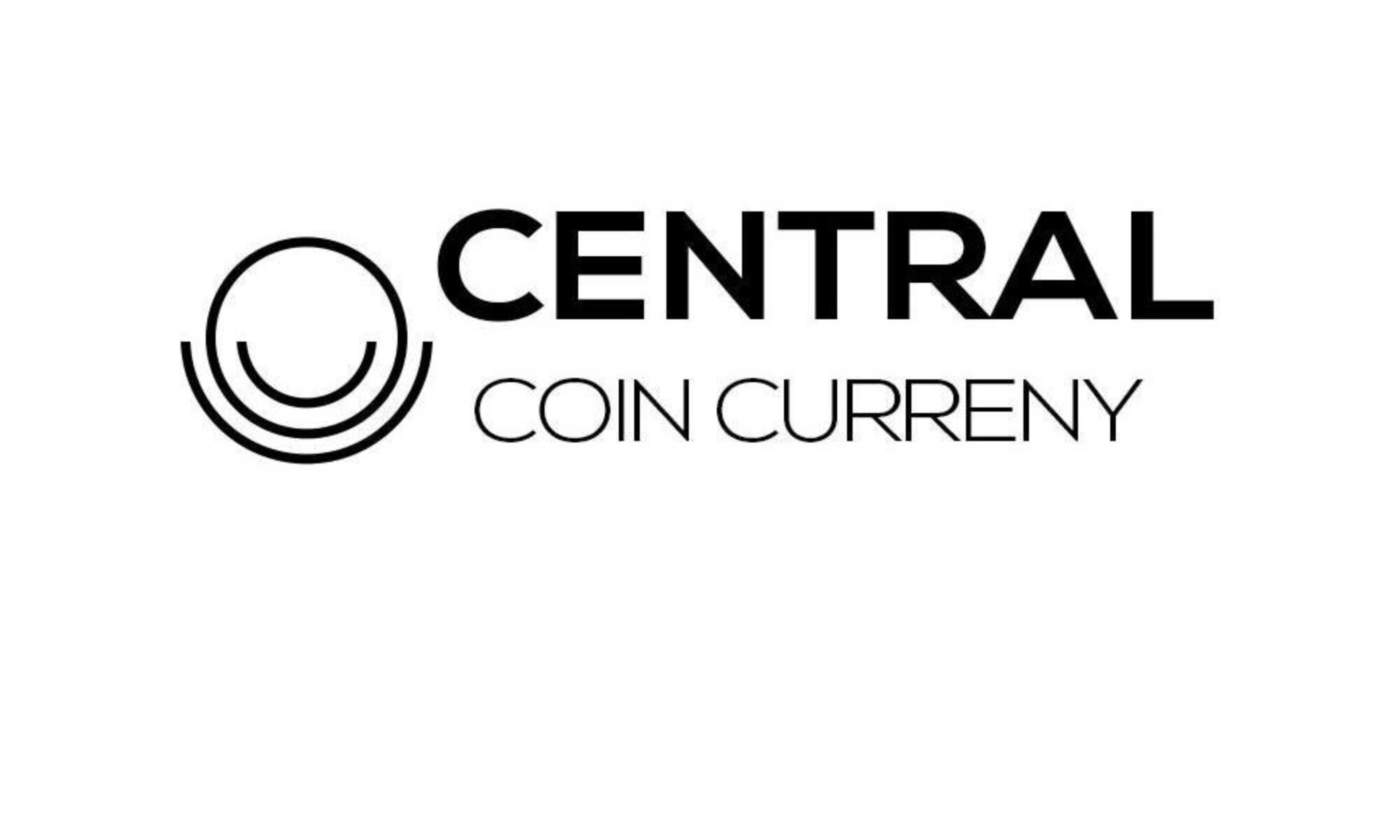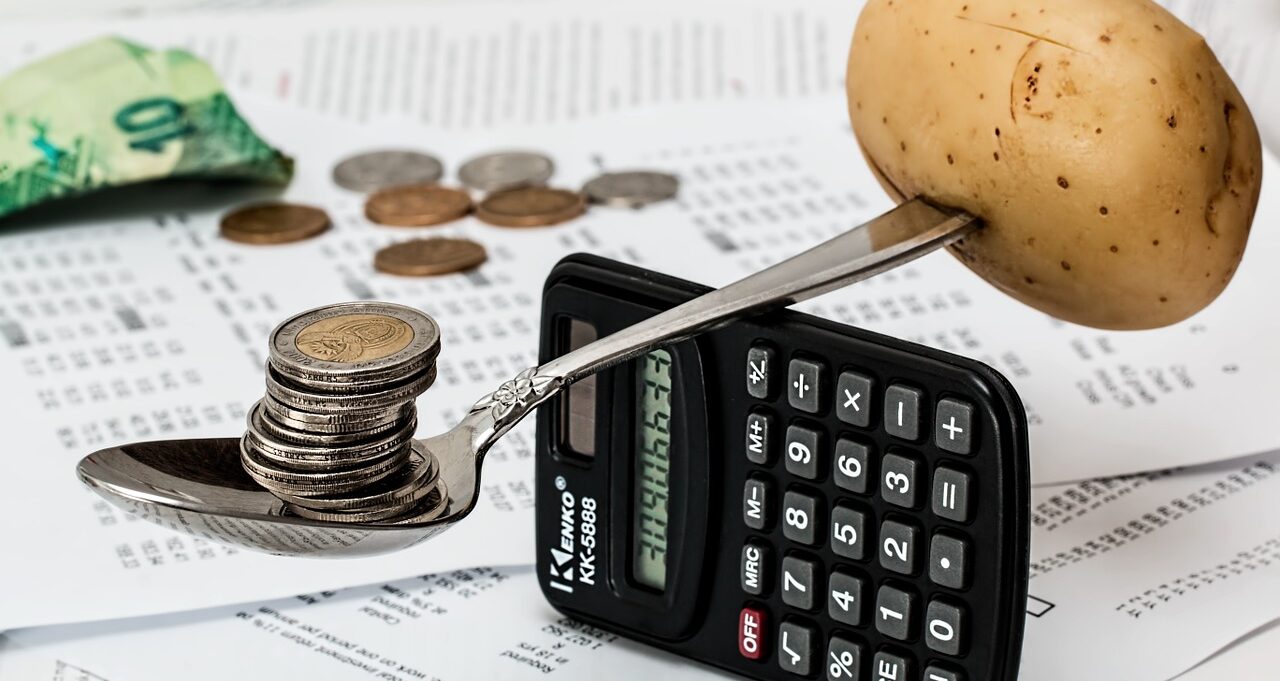You have heard a lot about cryptocurrency but never thought about the opposite, fiat currency system, in which you are living right now? No doubt cryptocurrency is the next big thing in the business world, but it still has a long way to compete with fiat currency.
In particular, it isn’t just about using some bucks to buy goods and services. It has several other factors that you should know, its advantages, disadvantages, and what makes it the most vital system. As a matter of fact, this article is all about the information that you need. Our expert analysts have done their research and came out with some pieces of useful information and examples that shall help you in your future to understand how the system of fiat money practically works.
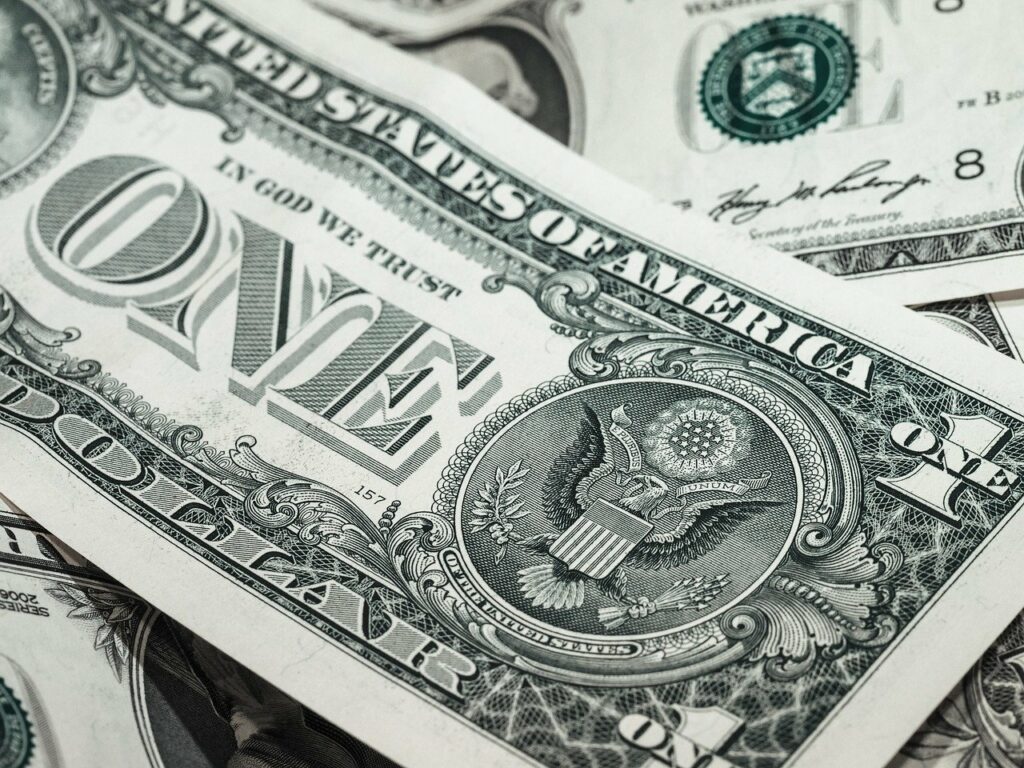
Table of contents
- What does fiat mean?
- What is fiat currency?
- History of fiat currency.
- Examples of fiat currency
- How does fiat currency work?
- Benefits and drawbacks of the fiat currency system
- Fiat money vs. Commodity money (the gold standard)
- Fiat currency vs. cryptocurrency
- What is the future of fiat currency?
- Conclusion
What does fiat mean?
To give you a better understanding of fiat currency, we have to explain what does the word “fiat” means. Surprisingly, the word fiat comes from Latin, which means “let it be done” or “it shall be.” However, in some pieces of literature, fiat is also termed as “fiduciary,” which means “involving trust.” fiat currency goes by several other names such as fiat monetary system, fiduciary money, and simply, fiat money or fiat currency.
What is fiat currency?
Basically: The paper money we all know – like Dollar, Euro, Yuan, Rupia…
Now, the big question arises, what is actually a fiat currency? Well, it is the money that the government issues, and it isn’t backed by any reserves, such as gold or silver. Instead, this currency is pegged with the trust of the government, and its value is derived from the connection between supply and demand.
In other words, you can consider fiat money as a legal tender that has a value issued by the government, and most countries around the world use this legal tender as their primary mode of payment to buy goods and services.
Furthermore, the stability of the fiat money comes from the issuing government. On the other hand, we have commodity money that changes its value according to the reserves, which are backing it up. In further sections, we shall relate both of them in detail.
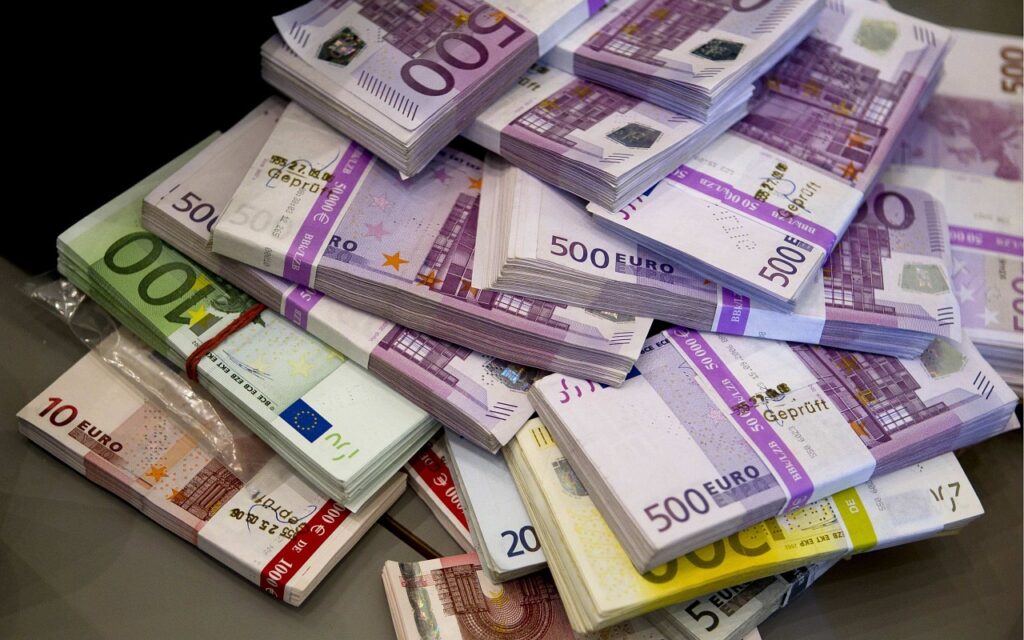
History of fiat currency
The fiat monetary system didn’t start right away; there were a series of events that lead our lives to revolve around this system. Undoubtedly, we have seen this system for a long time, but its story is quite fabulous. However, China was the first country to neglect the gold standard and use their specific paper money as a medium to buy goods.
Firstly, these paper currency was only exchangeable with gold, silver, and silk, but later in the era of Kublai Khan, a well-defined fiat currency system that came in the 13th century was presented. As a matter of fact, historians believe that this currency was the root cause of the Mongol Empire’s downfall due to excessive spending that leads to hyperinflation.
After China, the fiduciary system made its way towards Europe in the 17th century. Later on, it spread through Spain, Sweden, and the Netherlands. Unfortunately, the fiat currency system was a failure in Sweden, and they ultimately switched to the Silver standard.
Similarly, New France in Canada, the American Colonies, and then the U.S. Government also tried to use the fiat money, but overall ended with some mixed results. Furthermore, in the 20th century, the U.S. government was back to commodity-based currency on a limited basis.
However, in President Nixon’s era in 1972, the U.S. neglected the gold standard once and for all. This was the end of commodity money internationally, and the fiat currency system was accepted all over the globe.
Examples of fiat currency
If you are wondering about fiat currency’s life examples for a better understanding, don’t worry, we are here to help you out. Every physical currency that a government issues and uses as a mode of payment are a fiat currency. For instance, the dollar, pound sterling, Euro are some common examples of fiat money.
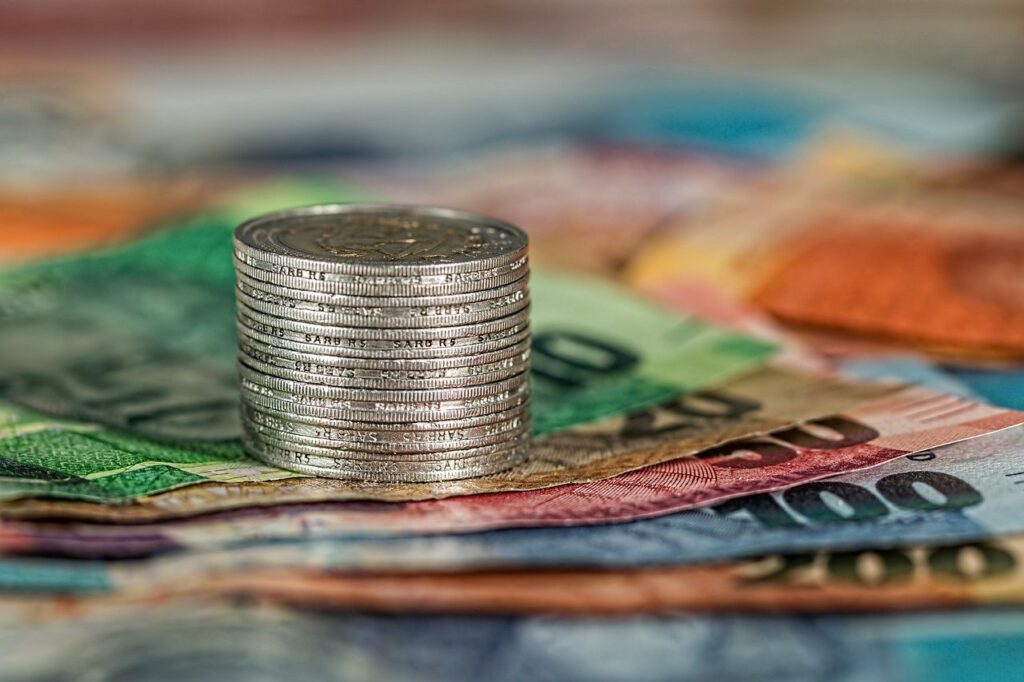
How does fiat currency work?
The proceedings of fiat currency are quite peculiar in nature. Generally, the modes of transactions are backed up by some commodity that maintains the value. Still, in fiat money, the value of the currency increases by the trust of the users and issuing governments.
This paper money enables us to buy the goods and services without exchanging them with other products as in the case of the barter system. Additionally, the purchasing ability of this paper currency provides an edge to expand the business without compromising on the previous equipment.
Therefore, it became an international model of payment, but it doesn’t end here. The value of the fiat currency depends on the demand for the money in the region. Such as how well the government is performing. In case a country experiences political instability, it is more likely to have a fragile currency and inflated prices. Thus, making it harder for people to buy the necessities.
In order to get better performance from the fiat monetary system, the people should believe in their country’s currency as a better medium of payment, along with the governments backing up their money by making it the lawful tender for transactions.
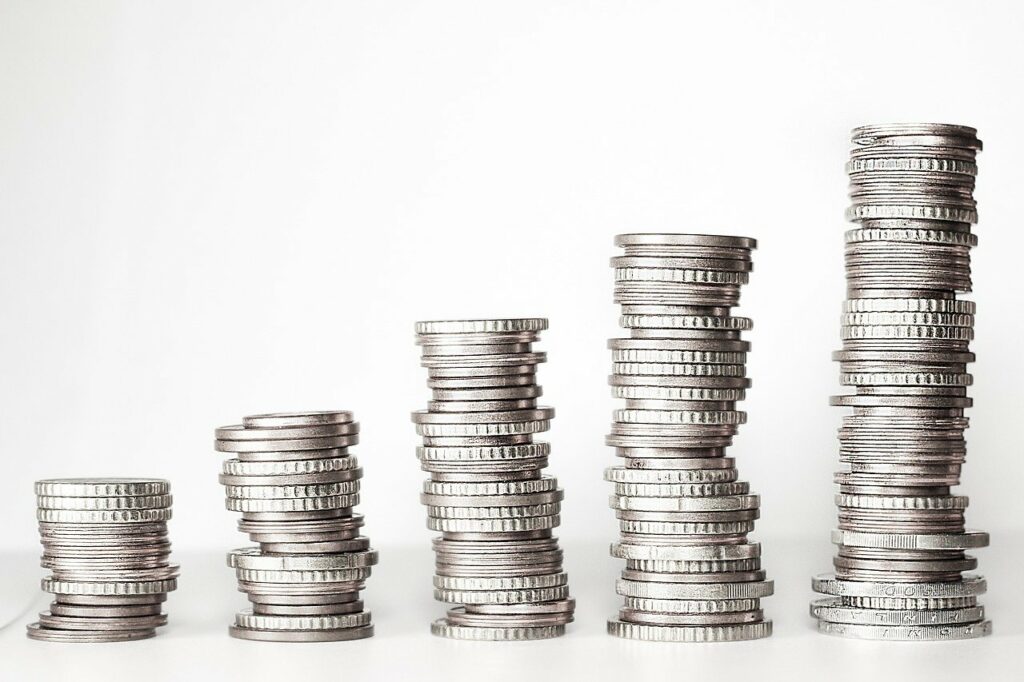
Benefits and drawbacks of the fiat currency system
There is no doubt that the fiat monetary system is an internationally accepted system with certain benefits, but there are some major drawbacks. Do you want to know the disadvantage of this system? Don’t worry; the next section is about the pros and cons of the fiduciary currency system.
Benefits
The Fiat currency system has several benefits for a country’s economy. With that said, some factors support this system, such as Scarcity, which maintains the value of everything.
To understand it better, consider any currency pegged with some commodity — its price would be depending upon the commodities backing it up. This gives lesser control to the government, and the value of the currency might not meet the demands.
While in the case of paper money, the Central bank of the country has direct control over the printing of fresh currency. This way, the government can control the currency notes they want to revolve in the system depending upon the economy. In case of inflation, they can always pull out the currency and store it in a vault.
Furthermore, the country will be free to look for more commodities to put in the system. This means that governments can individually manage the liquidity, interest rates, and credit supply of a currency with much more stability.
For instance, the U.S. prevented their financial system and global economy from the Global financial crisis in 2008-2009 only by controlling the Federal Reserves.
Drawbacks
Although there are several benefits of the fiat monetary system, it would be wrong not to enlighten you with the disadvantages of this system. So, here are some of the cons of the fiat currency system.
If a country isn’t performing well economically or with undisciplined governments, the fiat currency system can backfire. For instance, some unlawful authorities mint a load of currency to circulate in the country. What do you think would be the outcome? Definitely, the country has to face inflation.
If things get pretty much out of hand, the outcome might be even more devastating, such as hyperinflation. Unfortunately, this happened with Germany after World War I and recently with Zimbabwe and Bolivia.

Fiat money vs. Commodity money (the gold standard)
In order to relate fiat money with commodity money, you have to understand what commodity money means. Actually, it is a system in which any precious metals (mostly gold, hence called gold standard) or valuable commodities are used as a medium of payment.
Now, this system limits the government to print the bills to the amount of the commodity they have in reserve. In fact, all the currency bills are backed by the government’s commodity. In such a system, the government can only print further money if they get to hold more valuables.
Clearly, this means that government isn’t authoritative to print, and the currency is only based on the country’s economic factors. While on the other side of the coin, countries and their central banks have full-fledged control over paper money and use the tools to impact their currency value.
Some people consider the commodity system a plus for their currency’s stability because a physical and existing substance backs it. However, the people who advocate the fiat currency system believe that commodities prices would remain nothing but stable.
In addition to the context, the worth of a currency in the fiat monetary system and the commodity-based system can fluctuate. Still, the good part of fiat currency is that it can give some time to the government to plan in case of an economic emergency.

Fiat currency vs. cryptocurrency
Fiat currency and cryptocurrency are slightly on the same page here, as no commodity back them both, and that’s the only similarity they have. In general, fiat currencies are controlled by the governments and central banks, while no one controls cryptocurrencies. Instead, they are decentralized and work on their own ledger called a blockchain.
Another notable difference comes in the minting of fresh bills. Although cryptocurrencies don’t have a physical state, they are still much limited and short in supply. At the same time, fiat currency is printed by the governments depending upon the needs and economic situation.
Furthermore, the transactions through cryptocurrency are permanent, and the nature of their dispersed ledger (Blockchain) makes it really hard to track them. On the other hand, fiat currency payments are reversible, and authorities can track them with ease.
However, the cryptocurrency market is still immature and requires some time to develop.
Therefore, due to the small number of people in the crypto circle, the volatility is pretty much high. To make cryptocurrency stable, the companies are shifting towards stablecoins, which would decrease the volatility and might change cryptocurrency as an international medium of exchange.
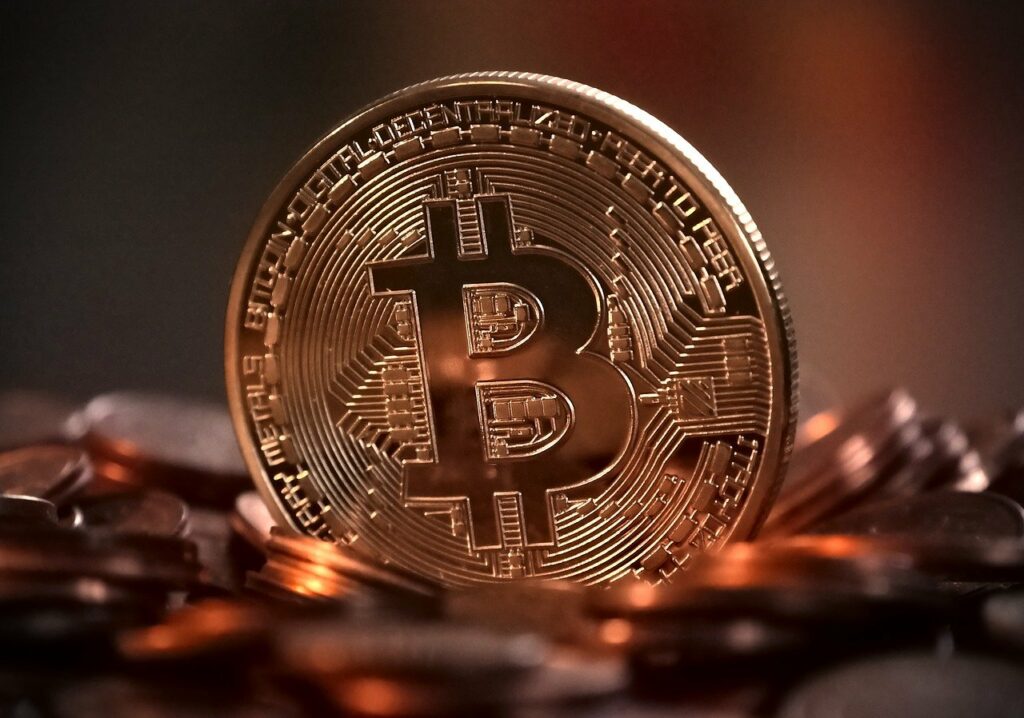
What is the future of fiat currency?
Without a doubt, the question about the future of fiat currency isn’t definite. It is something that only time can unfold, but all the competitors of this system, such as commodity-based systems and cryptocurrencies, have their drawbacks.
Apart from drawbacks, the system of cryptocurrency isn’t robust. It has several challenges to overcome still, and there are pretty interesting things developing on a day-to-day basis. Even if fiat money is accepted worldwide, there is a history that proves the vulnerability of fiat currency.
This is the main reason for establishing the bitcoin on the first. The cryptocurrency was never meant to change the transaction system we have. Instead, it was only invented as an alternative to an economic network. Apart from this, we can’t neglect the fact that it has the ability to switch the global mode of payments.
Conclusion
In the end, we hope this article has answered all your queries. You have all the vital information that you need to know about fiat currencies. You won’t be left out of the conversations about the money that we use daily in the future. Further, it’s beneficial to understand the transactions practically in your life.
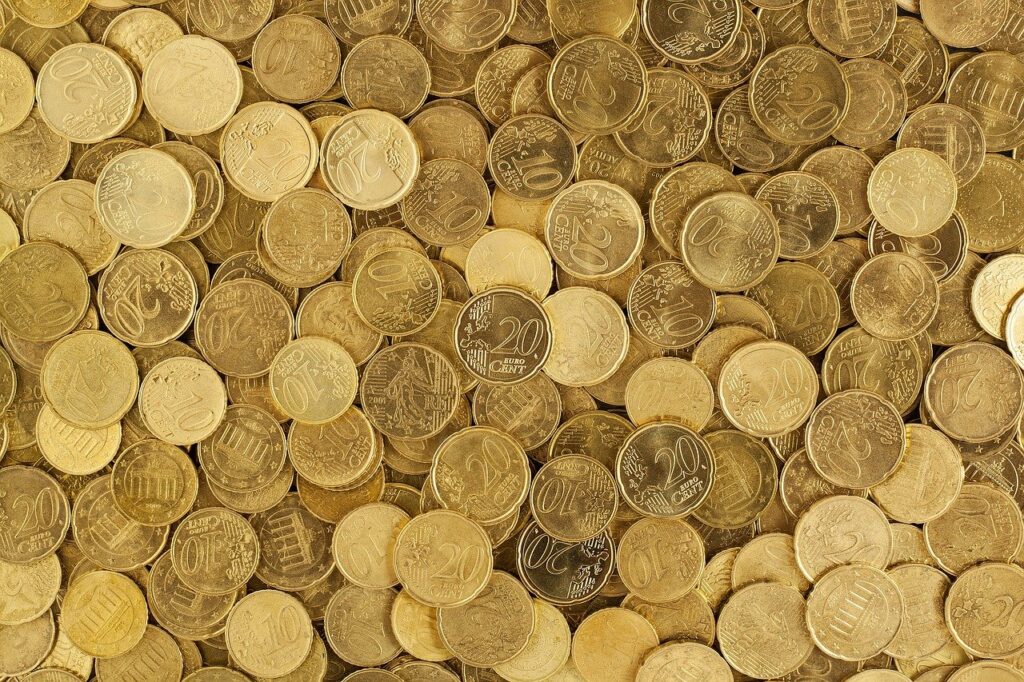
By going through our vs. sections, you know the other systems that exist along with the fiat currency system. Let us know in the comments which currency system you think is the best and why is it?
